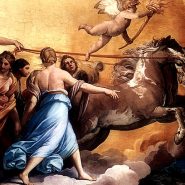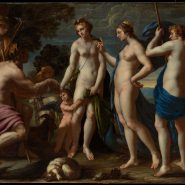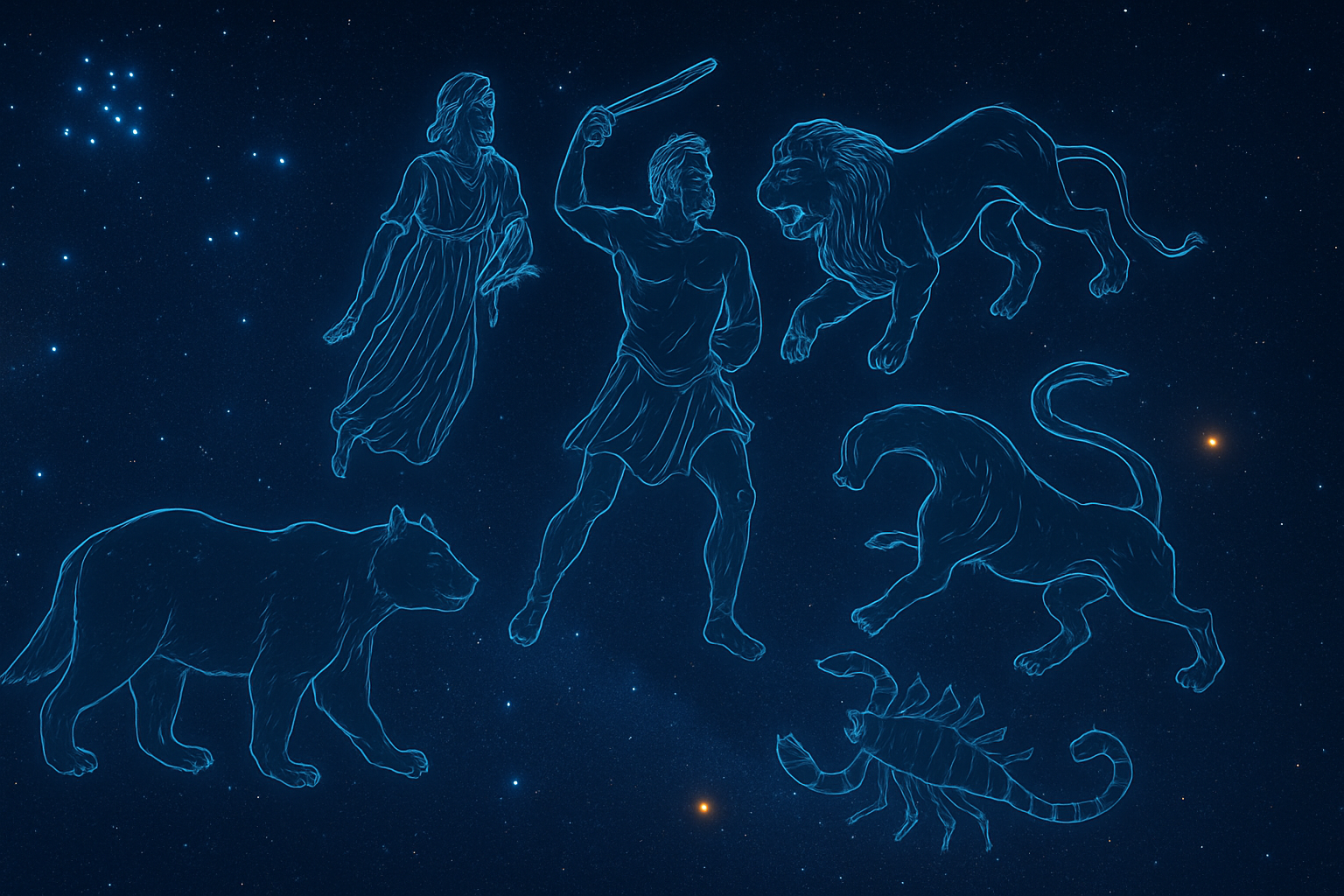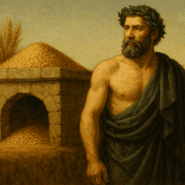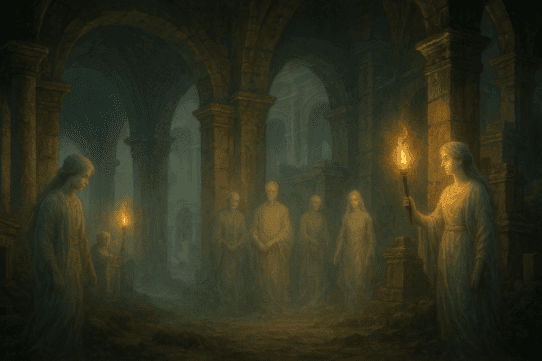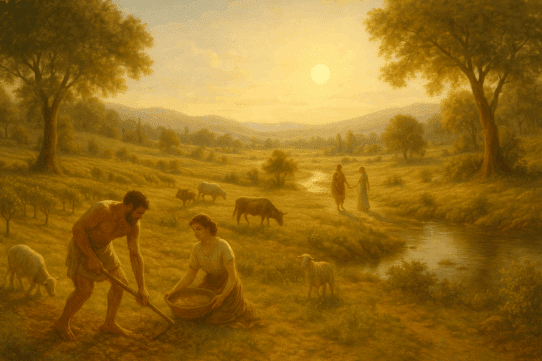QUICK SUMMARY
The Roman constellations were more than star patterns: they were mythic maps filled with heroes, gods, omens, and seasonal signals. Romans looked to the night sky for stories, agricultural timing, and guidance from the divine, turning the heavens into a living tapestry of meaning.
The Sky as a Storytelling Canvas
For the Romans, the night sky was a vast narrative. Each constellation carried layers of myth, history, and symbolic importance inherited from earlier Greek traditions and reshaped to suit Roman identity. The stars became markers of time, celestial guides, and reminders of legendary figures whose stories continued to unfold above the mortal world.
This worldview made the heavens a place not just of physical wonder but of cultural continuity. To understand the constellations was to understand Rome’s connection to the cosmic order.
Greek Origins and Roman Adaptations
Rome adopted most of its constellations from Greek astronomy, especially the work associated with Eudoxus, Aratus, and Hipparchus. But while the forms remained similar, Roman meanings evolved. The constellations gained new associations with Roman values, gods, and political messaging.
Where the Greeks saw a heroic hunter or a grieving queen, the Romans often saw signs tied to agricultural rhythms, imperial symbolism, or divine favor. Roman poets like Ovid, Manilius, and Virgil embedded these stars into their works, weaving them into Rome’s sacred worldview.
Constellations as Seasonal Markers
Before astronomy became a scientific discipline, constellations served practical functions. Their rising and setting helped farmers track seasonal changes:
- The rising of Pleiades signaled planting time.
- The appearance of Arcturus warned of coming storms.
- Orion rising after sunset marked the onset of winter.
- The setting of Virgo indicated harvest season’s end.
To Romans who depended on agriculture, the constellations were celestial calendars. Observing them correctly meant prosperity. Mistiming the seasons risked famine.
Heroes, Monsters, and Divine Figures in the Sky
The Roman night sky was crowded with characters whose stories shaped the way people understood the world. Every major constellation carried a myth: a hero honored, a monster defeated, or a god immortalized among the stars.
These celestial figures served as reminders of courage, caution, transformation, and divine power, turning the heavens into a grand theater where Rome’s cultural memory lived on in shimmering light.
Orion: The Winter Hunter
Orion loomed large in Roman skies as a figure of both power and warning. His rising brought colder months and rough seas. Sailors feared his storms. Hunters admired his strength. He symbolized endurance and the cyclical return of winter hardships.
Ursa Major and Ursa Minor: The Celestial Bears
Known to the Romans as Arctos and Arctophylax, these constellations were linked to myths of transformation and divine protection. Their perpetual presence circling the northern sky made them guides for navigation. Roman travelers and military scouts often used them to orient themselves at night.
The Pleiades: The Seven Sisters
Among the most significant star clusters, the Pleiades represented grief, unity, and agricultural timing. Their appearance marked crucial seasonal shifts. Poets connected them to themes of sorrow and resilience, making them emblematic of human struggle under divine oversight.
Leo: The Lion Star
Leo symbolized strength and kingship. To Romans, its brilliant star Regulus, often called the “Little King,” aligned closely with themes of authority, courage, and leadership. Imperial propaganda sometimes used the constellation to associate rulers with celestial legitimacy.
Virgo: The Maiden of Justice
Virgo held deep symbolic meaning in Roman thought, representing purity, justice, and the golden age. Her brightest star, Spica, was vital for agricultural calculations. Philosophers connected Virgo to Astraea, the goddess of justice who departed earth during humanity’s decline, leaving her image in the heavens.
Scorpius: The Celestial Scorpion
Feared by sailors and associated with dangers of the sea, Scorpius marked the arrival of intense summer heat. Its appearance often corresponded with droughts, illness, and sweltering days. Yet it also represented caution and wisdom, reminding Romans of nature’s unpredictable forces.
The Zodiac: A Celestial Belt of Influence
The twelve zodiac constellations held an important place in Roman cosmology. They represented divine cycles governing both earthly seasons and human destiny. Though inherited from earlier Greek and Babylonian systems, the Romans integrated the zodiac into their religious festivals and imperial symbolism.
The twelve signs became more than astronomical markers. They shaped birth omens, political legitimacy, and philosophical reflections on fate. Stoics, in particular, saw the zodiac as a blueprint of cosmic order.
Celestial Navigation and the Roman Military
Constellations were essential to Roman navigation both on land and sea. Soldiers marching through unfamiliar territories relied on the constellations to maintain direction. The navy used the position of stars such as Polaris (the North Star) to chart courses across uncertain waters.
Understanding the heavens was a strategic advantage. The constellations offered Rome a cosmic compass, guiding legions and fleets as they expanded across the world.
Omens and Divine Messages
Romans believed that celestial events carried divine messages. While constellations themselves were stable, unusual occurrences around them were scrutinized carefully:
- A comet near a major constellation signaled major political change.
- A halo around the moon in Virgo hinted at agricultural shifts.
- Sudden brightness near Mars indicated tensions related to war.
Augurs and astrologers interpreted these signs for the state. Celestial order and earthly order were intertwined, and constellations were the heavens’ alphabet.
The Constellations in Roman Literature
Roman authors used constellations to express themes of fate, morality, and cosmic beauty. Ovid’s Fasti and Metamorphoses contain some of the most detailed mythological accounts of how constellations came to be, describing tragic heroes and transformed nymphs whose stories became immortalized in the sky.
Manilius, in his Astronomica, attempted to create a comprehensive poetic guide to the heavens. His work blended myth, philosophy, and astronomy, emphasizing that the stars revealed both divine intention and natural harmony.
Virgil used constellations to anchor the agricultural world of the Georgics, turning the sky into a companion for farmers and a symbol of Rome’s relationship with nature.
A Living Map of Myth and Meaning
For the Romans, the constellations were not distant abstractions. They were reminders of moral lessons, seasonal rhythms, and divine order. The sky held Rome’s past, present, and future in its shifting lights. Each constellation told a story. Each star connected human lives to the vastness of creation.
To look up at the night sky was to see myth, memory, and cosmic law all woven into a single tapestry.
